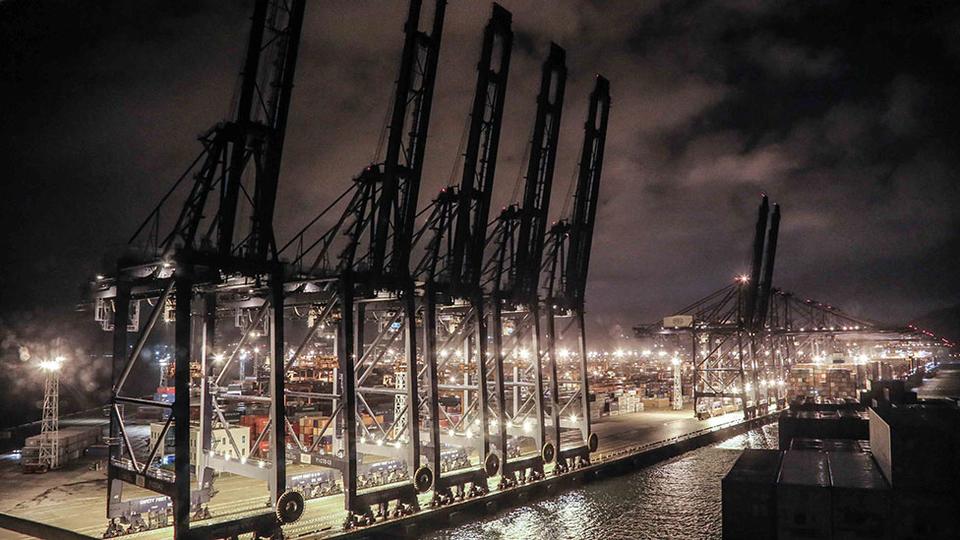This post has already been read 18439 times!

As a nice follow-up to last week’s post on the world’s largest container ship, the BBC has an in depth article on an “invisible network that keeps the world running”. Just what is this network, you ask? The answer is the global supply chain.
The article provides a counterargument to those who think that technological progress has stagnated, and that we’re out of big ideas:
The global supply chain that brings us those tablets and phones, and pretty much everything else from our clothes and food to our toys and souvenirs, is nothing short of a moon shot itself – a vast, unprecedented engineering solution to a truly astronomical logistics problem. The fact that it’s hidden from most people’s sight, and that it has become so utterly reliable and efficient to the point of transparency, doesn’t make it any less of an achievement of human technical endeavour.
To better understand this invisible network, the author takes an amazing journey on a container ship between China and Korea, the idea being to trace the global supply chain back to the source of many of our consumer goods.
His description of the today’s highly automated Asian mega-ports in action is fanatastic:
It’s a hypnotic, fascinating dance to watch: the cranes lifting containers off the ships, the trucks pulling up in time to catch them as they are elegantly lowered down on steel cables. The complex and precise orchestration behind every move is almost bewildering to comprehend.
It’s the kind of logistical information that it’s hard to imagine any one human mind comprehending, and the truth is no single one does – this is distributed knowledge, managed by Maersk’s vast world-spanning computer network and shaped and interpreted by complex, similarly unknowable, algorithms.
The author does a good job of showing how companies are becoming increasingly connected, nodes in a larger network. What he doesn’t cover is the challenge most companies face in finding enterprise management systems that can efficiently and accurately maintain all these connections while providing accurate information and actionable intelligence.
If you’re interested in learning about systems designed for thriving within the invisible network, I suggest you read the whitepaper, Supply Chain’s New World Order”, which discusses the latest cloud platforms, S&OP, and why a holistic approach is needed for today’s interconnected world.
This also reminds me of our most popular post from last year, “6 Maps that Explains Global Supply Chains“.
Source: BBC.
- The 4PL Revolution Roundup: Top 8 Opportunities for Today’s Logistics Providers - December 15, 2015
- Demand Sensing Round-Up (Blog Posts, White Papers, and Webinars!) - December 15, 2015
- Your Favorite Posts of 2015 - December 4, 2015
